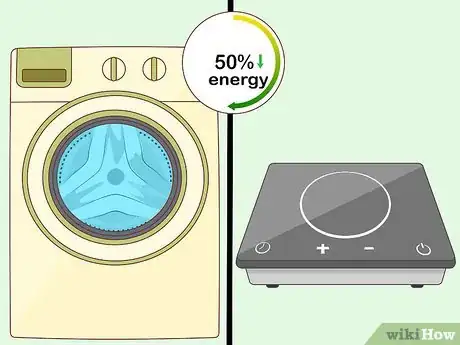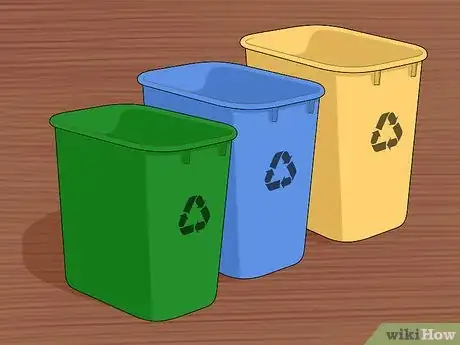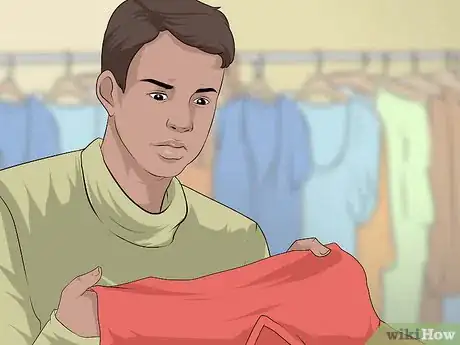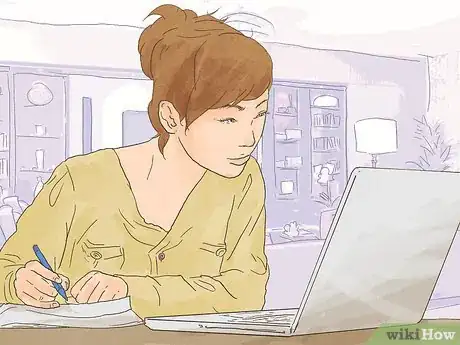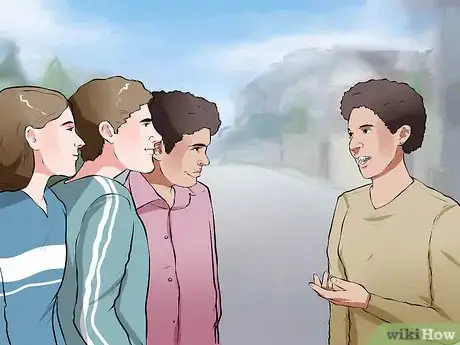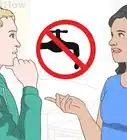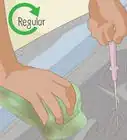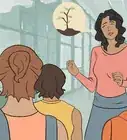wikiHow is a “wiki,” similar to Wikipedia, which means that many of our articles are co-written by multiple authors. To create this article, volunteer authors worked to edit and improve it over time.
There are 10 references cited in this article, which can be found at the bottom of the page.
This article has been viewed 9,680 times.
Learn more...
Ocean acidification occurs when the pH of surface ocean water decreases. This is caused by the ocean absorbing around 30% of the carbon dioxide that is released into the atmosphere. As global carbon dioxide levels increase, the ocean absorbs more of it. Chemical reactions then occur, which means that the hydrogen ion concentration is increased. Ocean acidification impacts the ocean's entire ecosystem, along with commercial industries.[1] X Research source Fortunately, by taking steps to reduce your energy use, and your carbon footprint (through things like using energy-saving appliances, driving places less, and reducing, reusing and recycling), along with keeping yourself informed and discussing ocean acidification with others, it is possible to help with slowing the ocean acidification process.
Steps
Decrease your use of energy at home.
-
This is one of the easiest ways that you can help prevent ocean acidification. Reducing your use of energy can help decrease nutrient pollution, as well as carbon emissions.[2] X Trustworthy Source United States Environmental Protection Agency Independent U.S. government agency responsible for promoting safe environmental practices Go to source It may also help you save on your electric bills. Here are just some of the many things you can do to conserve energy:[3] X Research source
- Turn off the lights when you leave a room.
- Unplug electronics when you don't need them.
- Only run your dishwasher and washing machine when they're full.
- Avoid leaving computers in screensaver mode - instead, turn it off if you're done using it for the time being.
- Keep your refrigerator door closed.
Switch to appliances that don't use as much energy.
-
While you can decrease your energy usage at home with what you already own, it can also be helpful to purchase appliances that use less energy. Whenever possible, consider using these appliances instead of alternatives that aren't as environmentally friendly.[4] X Trustworthy Source United States Environmental Protection Agency Independent U.S. government agency responsible for promoting safe environmental practices Go to source
- Specifically, try finding appliances that are Energy Star-certified, since these appliances use less energy or are more efficient than typical models.[5] X Trustworthy Source United States Environmental Protection Agency Independent U.S. government agency responsible for promoting safe environmental practices Go to source
Walk or bike if possible instead of driving.
-
Driving any vehicle can emit a lot of nitrogen oxide. To help reduce these emissions, consider walking or biking to destinations that are a shorter distance away, or using public transportation to get to your destination whenever you can.[6] X Trustworthy Source United States Environmental Protection Agency Independent U.S. government agency responsible for promoting safe environmental practices Go to source
- If you are unable to bike, walk or utilize public transportation, consider carpooling, or consolidating your trips into as few as possible[7] X Trustworthy Source United States Environmental Protection Agency Independent U.S. government agency responsible for promoting safe environmental practices Go to source (for example, doing all your errands in one trip to the store instead of three).
Reduce, reuse and recycle.
-
Reducing, reusing, and recycling is very helpful for the environment in general, as well as ocean acidification. reducing your energy usage and carbon footprint, and the amount of trash you throw away, you can also take steps to recycle. Recycling is another way to reduce the amount of fossil fuels being burned.[8] X Research source You should also make an effort to reuse things whenever you can.
- There are many common recyclables, including paper, glass and cardboard[9] X Trustworthy Source United States Environmental Protection Agency Independent U.S. government agency responsible for promoting safe environmental practices Go to source , though you should contact your local recycling program or center to be sure of what recyclables they'll accept.
- Some examples of how you can reuse things include writing on both sides of paper, using reusable bags at the store, and switching to a reusable water bottle instead of plastic ones.
Keep an eye on your vehicle's tire pressure.
-
Checking your vehicle's tire pressure regularly is a good way to help slow the ocean acidification process. This is because you can decrease your consumption of gas. As a result, your carbon footprint will be decreased, and you will be helping to slow the ocean acidification process.[10] X Research source
Be an informed consumer.
-
Before purchasing something, make sure it was made in an eco-friendly way. This can be done by purchasing products made of recyclable materials, purchasing reusable rather than disposable products, and looking for the Forest Stewardship Council (FSC) label on wood and wood products, ensuring that a product was made with the forest, animals and the community in mind. You can also support businesses and products that are working to protect oceans.
- In addition, ensure that any seafood you eat was caught humanely. Politely ask the store or restaurant manager, and they may know how your seafood was caught.
Help prevent deforestation.
-
If a forest is healthy, it can absorb the CO2 in the atmosphere. This means that the CO2 won't be absorbed by the ocean, thus slowing down the process of ocean acidification.[11] X Research source There are a few things that you can do to help prevent deforestation:[12] X Research source
- Planting trees
- Reducing the amount of paper you use
- Recycling and purchasing products that are recycled
- Eating less meat
- Purchasing wood and wood products that have the Forest Stewardship Council (FSC) label-this is a product label that ensures the product is from a carefully managed forest that wanted to benefit animals, trees and the community.
Volunteer to monitor the quality of waterways if you're in the United States.
-
In the United States, volunteer water quality monitoring programs exist. By participating in this program, you can learn about ground and surface water quality, and how actions taken by humans can affect it. You can then help educate your local community about these issues as well. The information you find out about the waterway quality is also shared with lake/watershed associations, conservation commissions and planning boards.[13] X Research source
- If you'd like to volunteer to monitor the quality of waterways, do some research and see if there is a program in your area.
Contact your elected officials.
-
Contact your local, state and national elected officials. Let them know that they should support policies and laws that are against ocean acidification (and that protect oceans in general). Also, tell them that they should support laws that reduce carbon dioxide and fossil fuel emissions.
- If you'd like to help prevent deforestation, you can email elected officials or use social media to reach out to them instead.
Support organizations and initiatives working to slow the process of ocean acidification.
-
Several organizations are working to slow ocean acidification, and to help oceans in general. Consider donating to one of these organizations to help their efforts. Use websites like Charity Navigator or the Better Business Bureau to find a reputable charity working to slow the ocean acidification process.
- Some examples of reputable charities working to help oceans in general include Oceana and the World Wildlife Fund, to name just two.
Have a discussion with others about ocean acidification.
-
Because ocean acidification is a fairly new problem for scientists, it is still relatively unknown to many.[14] X Research source Therefore, having a discussion about it with your family, friends, co-workers and anyone else you know can be very helpful. Let them know about what you've been doing to help, and they may be inspired to do something as well.
- If you notice them doing something that could be a contributor to ocean acidification (or harm the environment in general), politely let them know why what they are doing can be harmful to the ocean and/or the environment. If possible, offer an alternative for what they can do instead.
You Might Also Like
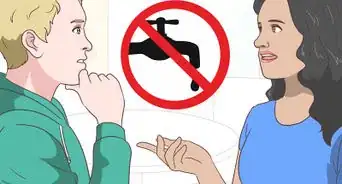
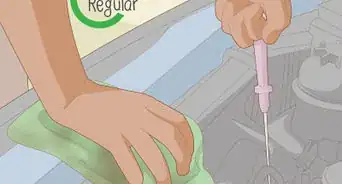
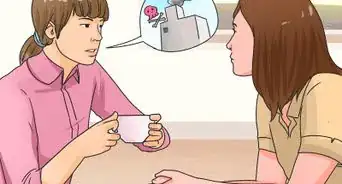
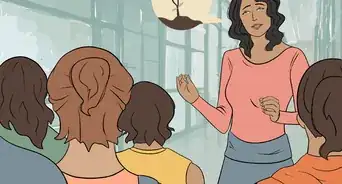 How to Save the Environment: 17 Easy & Helpful Things You Can Do at Home
How to Save the Environment: 17 Easy & Helpful Things You Can Do at Home
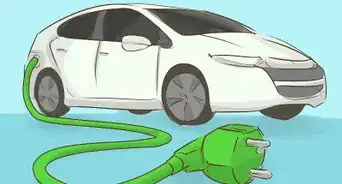
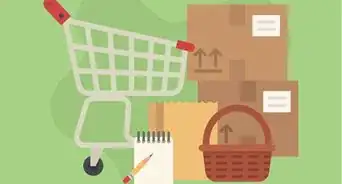
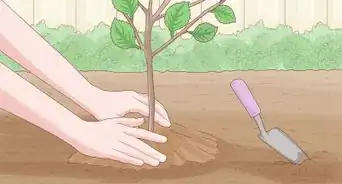
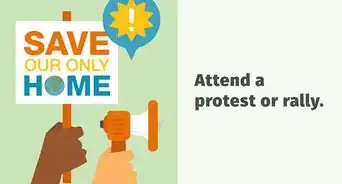
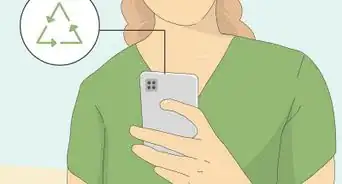
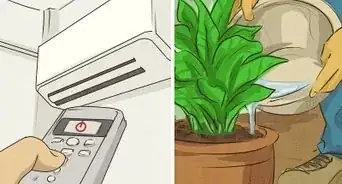

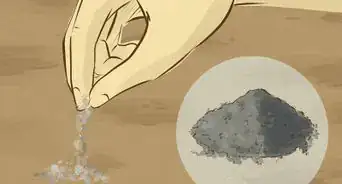
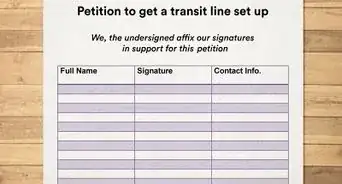
-Step-14-Version-6.webp)
References
- ↑ https://www.noaa.gov/education/resource-collections/ocean-coasts/ocean-acidification
- ↑ https://www.epa.gov/ocean-acidification/your-family-can-help-limit-ocean-and-coastal-acidification
- ↑ https://www.ovoenergy.com/guides/energy-guides/120-ways-to-save-energy
- ↑ https://www.epa.gov/nutrientpollution/sources-and-solutions-fossil-fuels
- ↑ https://www.epa.gov/nutrientpollution/sources-and-solutions-fossil-fuels
- ↑ https://www.epa.gov/nutrientpollution/sources-and-solutions-fossil-fuels
- ↑ https://www.epa.gov/nutrientpollution/sources-and-solutions-fossil-fuels
- ↑ https://deq.nc.gov/conservation/recycling/recycling-climate-change
- ↑ https://www.epa.gov/recycle/frequent-questions-recycling
- ↑ https://ocean.si.edu/ocean-life/invertebrates/ocean-acidification
- ↑ https://www.nature.org/en-us/about-us/where-we-work/united-states/washington/stories-in-washington/forests-reduce-ocean-acidification/
- ↑ https://www.treehugger.com/ways-to-stop-deforestation-4868831
- ↑ https://acwi.gov/monitoring/vm/publications/articles/article_Why_Makes_Sense.pdf
- ↑ https://ocean.si.edu/ocean-life/invertebrates/ocean-acidification

